Workplace Drug and Alcohol Testing: Methods and Types Available
06 March, 2024
Workplace drug and alcohol testing is a safety initiative that many companies take. This measure combats the hazards of substance use and helps maintain a safe and productive environment. There are various methods to conduct these tests, and the most common are urine, saliva, and breath testing. In some cases, hair and blood tests may be necessary. In addition, workplaces implement these testing programs during pre-employment, random, and for-cause cases, among others.
Drug and alcohol abuse has many negative consequences. In the short term, it can lead to impairment, increasing the risk of accidents and injuries. In the long term, it can cause health issues and decreased productivity. By implementing workplace policies, employers can take appropriate action to ensure workplace safety. This comprehensive guide will provide an overview of the different methods and types of drug and alcohol testing available for workplaces.
Jump to a Section:
- Workplace Drug and Alcohol Testing Method: Breath Test
- Workplace Drug and Alcohol Testing Method: Urine Test
- Workplace Drug and Alcohol Testing Method: Saliva Test
- Workplace Drug and Alcohol Testing Method: Hair Test
- Workplace Drug and Alcohol Testing Method: Blood Test
- Pre-Employment Workplace Drug and Alcohol Testing
- Blanket Workplace Drug and Alcohol Testing
- Random Workplace Drug and Alcohol Testing
- For-Cause Workplace Drug and Alcohol Testing
- Post-Incident/Accident Workplace Drug and Alcohol Testing
Workplace Drug and Alcohol Testing Method: Breath Test
The breath test is a simple process of detecting alcohol impairment during the workplace drug and alcohol testing routine. It utilises a breathalyser device that is sensitive to ethanol molecules in the exhaled air. Moreover, it can measure the Blood Alcohol Content (BAC), giving a quantitative result. The percentage of BAC reflects the intoxication degree of a person.
Breath testing involves having the individual blow into the breathalyser and waiting for the result. The BAC can give a fairly accurate indication of recent alcohol intake, as alcohol is quickly absorbed into the bloodstream and then exhaled through the breath. Additionally, alcohol is detectable in the breath for up to 12 to 24 hours, depending on the amount of consumption.
It is vital to follow the guidelines of breath alcohol testing to ensure the accuracy of the result. It includes waiting at least 15 minutes after eating, smoking, or drinking before taking a breathalyser test. This helps minimise the incidence of residual mouth alcohol, which can interfere with the BAC reading.
Advantages of Breath Tests
- Simple collection method: The breath testing procedure is non-invasive, quick and painless. In addition, there is no risk of harm or infection.
- Immediate results: The results are available after a few minutes. This allows employers to determine employees who are under the influence of alcohol and take necessary actions.
- No special training: The test is easy to administer. It does not require trained personnel to conduct the test.
- Quantitative results: Breathalysers produce numerical measurements of the blood alcohol level. This unit of measure is well-understood by clinicians and the public.
- Cost-effectiveness: The device allows multiple testing without additional costs.
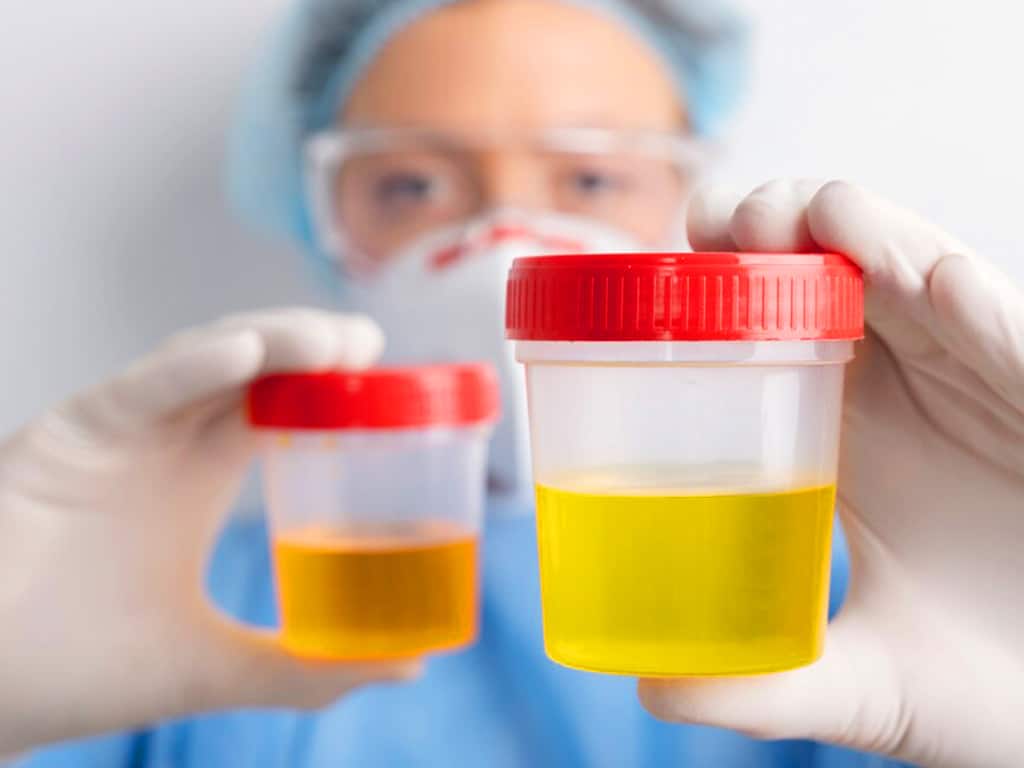
Workplace Drug and Alcohol Testing Method: Urine Test
A standard method of workplace drug and alcohol testing is the urine test. It involves collecting a sample of urine and analysing it for the presence of drugs or their metabolites. Urine tests are often preferred because they can detect a wide range of substances and provide an extended detection window.
Urine samples can detect alcohol and drug metabolites for about 48 to 72 hours. The period of detection can be even longer for chronic users. This can help employers or healthcare providers determine if an individual has any drug issues. Furthermore, urine drug test kits that are easy to use are available. This, too, does not require a licensed professional. However, it is essential to conduct further laboratory testing for non-negative results.
During a urine test, the individual is asked to provide a sample in a sterile container. The sample is then analysed using various methods, such as immunoassay for initial screening and Gas Chromatography-Mass Spectrometry (GC-MS) for confirmatory testing.
Advantages of Urine Tests
Urine tests have a wide detection window. It can trace illegal drugs for a longer period, making it useful for identifying chronic or recent substance use. Additionally, urine has high concentrations of drugs. It can detect a comprehensive range of substances, including marijuana, cocaine, amphetamines, and opioids.
The specimen collection method is also relatively less invasive. Collecting the sample can be done quickly and easily in a controlled environment. Lastly, the results are available after a few minutes for rapid screening or within a few days for laboratory testing. Overall, it is a cost-effective method for identifying drug usage.

Workplace Drug and Alcohol Testing Method: Saliva Test
Another common method of workplace drug and alcohol testing is the saliva test. This type of test involves collecting a sample of sample from the individual for analysis. Saliva testing in the workplace has been steadily increasing due to its non-invasive nature. However, they have a shorter detection window of 24 to 48 hours.
The process of saliva testing involves swabbing the inside of the mouth, between the lower cheek, gum, and tongue. Then, the test uses reagents to analyse the sample, providing the results in minutes. The test can detect the common drugs of abuse, typically more limited than urine tests. Nevertheless, it can provide a quick and convenient way to screen for recent drug use.
Test kits are also available for employers to use. They come with an easy instruction guide, allowing companies to conduct the test on their own. It is vital to follow the proper protocols in saliva testing to ensure accurate results. This includes refraining from eating or drinking at least 10 minutes prior to the test.
Advantages of Saliva Tests
One of the main advantages of saliva testing is it is easy to administer. Saliva samples are readily available, and the collection procedure is non-invasive. Moreover, the test can be done under direct supervision, minimising the risk of tampering or adulteration. It does not need any specialised equipment or private facilities.
The short detection window is more appropriate for detecting recent drug use. Hence, it is ideal for identifying current impairment or intoxication in the workplace. Overall, the non-invasive method and availability of immediate results are suitable for on-site screening. This is especially important for safety-sensitive industries where employees need to be alert and sober.
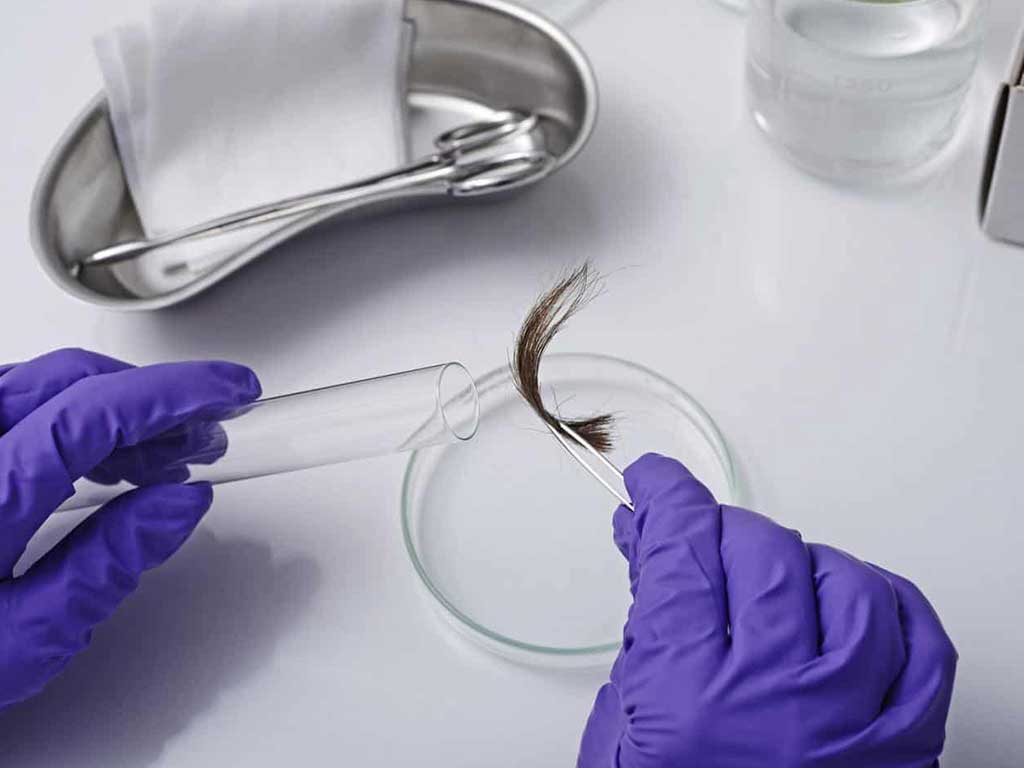
Workplace Drug and Alcohol Testing Method: Hair Test
The hair test is a workplace drug and alcohol testing option for specific circumstances. This type involves collecting a small sample of hair and analysing it for the presence of drugs and alcohol metabolites. It has a longer detection period compared to other forms of testing. The hair samples can trace substance use for up to 90 days.
Hair follicle testing is one of the most accurate and reliable methods of drug testing. This is because drug metabolites become incorporated into the hair shaft as it grows. It means that they do not easily wash out and can provide a more comprehensive history of drug use. It can trace consumption of illicit substances within the detection window, even if the individual has stopped using drugs or alcohol prior to the test.
The process of hair testing involves cutting a small sample of hair close to the scalp. Then, the test provider or employer sends the sample to a laboratory for analysis. The results typically take longer, usually within a few days to a week.
Advantages of Hair Tests
- Long detection window: The extended period of detection can provide a permanent record of drug use or patterns.
- Easy sample collection: The collection procedure is non-invasive. Collectors often take a hair sample from the discreet portion of the head. If head hair is unavailable, body hair can be used as an alternative.
- Less prone to adulteration: Hair samples are difficult to cheat or tamper with. Individuals cannot avoid detection by abstaining for a few days.
- Legal evidence: The results are admissible in court.
- Healthcare settings: The test can be helpful in determining if a person is a chronic user or has substance abuse disorder.

Workplace Drug and Alcohol Testing Method: Blood Test
Blood testing is one of the most accurate methods of detecting illicit drugs. This type of test can identify the specific drug class and measure their precise concentrations. It can trace substances within 6-12 hours after consumption, making it ideal for detecting recent impairment. However, due to its costly and intrusive nature, its application is less common in workplace drug and alcohol testing.
The process of blood testing involves obtaining a small sample of blood from the vein of the individual. Only trained professionals can administer this test to ensure safety and prevent the risk of infections. Afterwards, it requires sending the sample to a laboratory for analysis. The results are available after a few days.
Blood tests are also common in legal cases, such as driving under the influence (DUI) charges. Employers may use the test for confirmation purposes and make decisions based on the provisions of their drug and alcohol policy. In addition, this method is often validated by a Medical Review Officer (MRO), and the results are final.
Advantages of Blood Tests
One of the main advantages of blood testing is its high accuracy. It can pinpoint specific substances and measure their exact concentrations, providing detailed information to employers. Another benefit is immediate detection. It is a better indicator of recent drug usage. Likewise, it helps determine if a person violated any workplace policies.
The precise analysis of blood tests makes it valuable in follow-up testing. It utilises advanced techniques to eliminate the risk of false positives. Hence, it allows employers to impose disciplinary measures and mitigates legal risks. Lastly, it is admissible in court, reinforcing the results from other testing methods.

Pre-Employment Workplace Drug and Alcohol Testing
Pre-employment workplace drug and alcohol testing is a standard practice in many organisations. It is particularly important in safety-critical industries like mining, transportation, aviation, and construction. These workplaces have a high risk of accidents due to the operation of heavy machinery involves. Therefore, it is imperative for employers to ensure that employees are sober and fit.
Job applicants undergo pre-employment drug tests as part of the hiring process. This screening helps to identify individuals who may pose safety risks due to substance abuse. Therefore, applicants have to pass the test to be eligible for the job. This helps deter individuals with addiction problems from applying, allowing employers to choose the most qualified candidate.
Companies often use urine and hair tests for pre-employment screening. Urine testing can help identify consumption within the past days, while hair testing can provide an overview of long-term substance use behaviour. Overall, this can ultimately save a company time and resources by avoiding unnecessary costs and low productivity.
Use Cases for Pre-Employment Testing
Pre-employment drug testing serves several important purposes. Firstly, it can screen at-risk candidates. Companies can use this test to identify prospective employees who may be struggling with drug or alcohol abuse. This can help control turnover and absenteeism rates. It also helps avoid conflicts and improve employee morale.
Another use case is compliance with regulations. Many organisations include drug testing when hiring to meet safety requirements. Also, it helps improve the quality of hires. Small businesses may conduct this test if they have a history of drug-related accidents. Nevertheless, it is important to have a clear alcohol and drug policy.
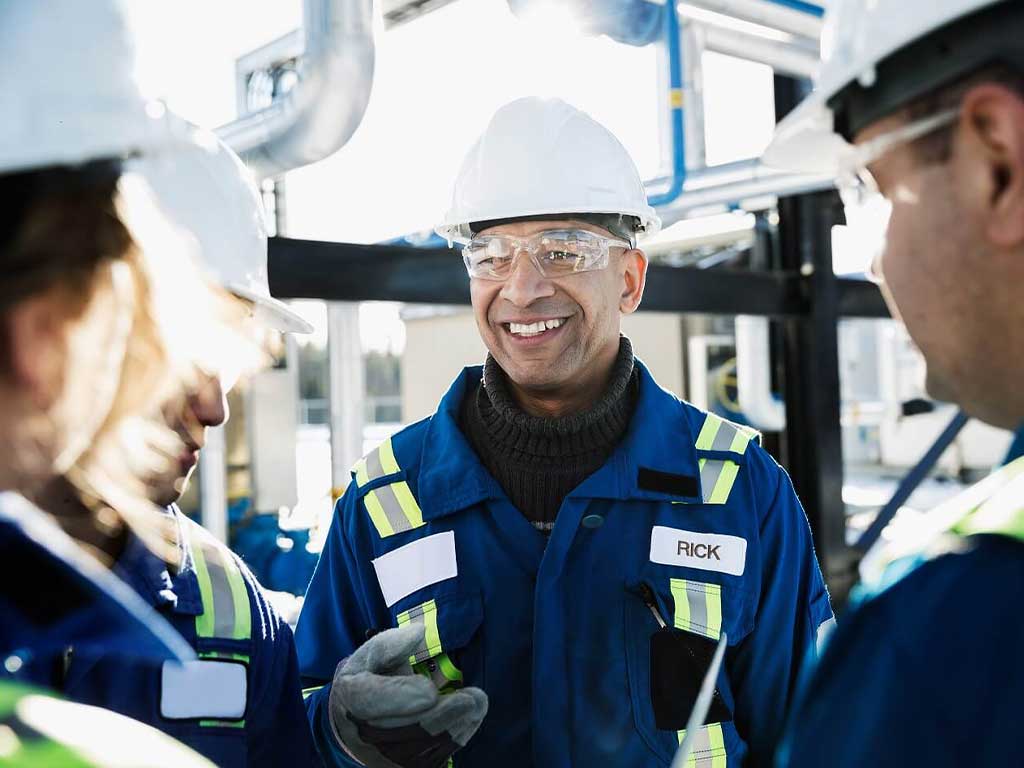
Blanket Workplace Drug and Alcohol Testing
Blanket testing refers to the practice of testing all employees for drugs and alcohol consumption, regardless of suspicion or cause. This approach helps maintain workplace productivity and employee safety. Moreover, it is often a part of the workplace drug and alcohol testing program and medical review process. The test often has a regular schedule, and all employees are aware of when and how it will take place.
One of the main advantages of blanket testing is that it ensures a level playing for all employees. It eliminates any bias or discrimination in the testing process. Additionally, it can deter employees from using drugs or alcohol. Aside from regular testing, many companies include education programs to raise awareness about substance abuse and its impact on the workplace.
Blanket testing may happen annually or semi-annually, depending on the nature of the industry. Employees with positive results may receive disciplinary actions, such as suspensions or even termination. Therefore, it is vital for all employees to know the rules in the company policies and potential consequences.
Use Cases for Blanket Testing
- Blanket drug testing helps identify employees who may be abusing illegal drugs or alcohol.
- Refer affected individuals for rehabilitation, often through an Employee Assistance Program (EAP).
- It is often a part of the annual physical examination to ensure the employees are fit and healthy.
- Blanket testing is a mandatory requirement in safety-critical industries.
- Prevent legal liabilities and lawsuits for the company resulting from drug and alcohol-related accidents.
- Support the physical and mental well-being of employees by promoting a healthy and sober workplace culture.
- Protect the reputation of the company and maintain confidence among customers, clients, stakeholders, and the public.

Random Workplace Drug and Alcohol Testing
Random workplace drug and alcohol testing is a practice in which employees are screened without prior notice. This type of testing is common in high-risk industries to help prevent accidents and low workplace productivity. Furthermore, this approach helps deter employees from abusing illicit substances or prescription medications. Random testing helps identify individuals who may pose safety risks due to impairment.
Employers may conduct random testing at any given time to monitor drug and alcohol use. In this way, employees do not have the opportunity to plan or manipulate the results. Additionally, it can help identify employees who may have developed substance abuse issues over time. The frequency of random drug testing can vary depending on the industry and company policies.
The test may also involve choosing several employees through a computer-generated selection process. This ensures that all employees have an equal chance of being tested and avoid bias or discrimination issues. Subsequently, employees selected for testing are required to undergo immediate testing, usually within a specified timeframe.
Use Cases for Random Testing
Organisations may conduct workplace drug testing at random as a deterrence measure. It helps discourage employees from using drugs or alcohol on the job, knowing they are subject to testing at times. In addition, it allows for the detection of employees with substance abuse issues and offers them the necessary intervention.
Random drug testing is also valuable in risk assessment of workplace safety. It ensures that employees are not under the influence of drugs or alcohol while operating heavy machinery or performing tasks that require full attention and focus. The test can also show any underlying issue that warrants immediate attention.
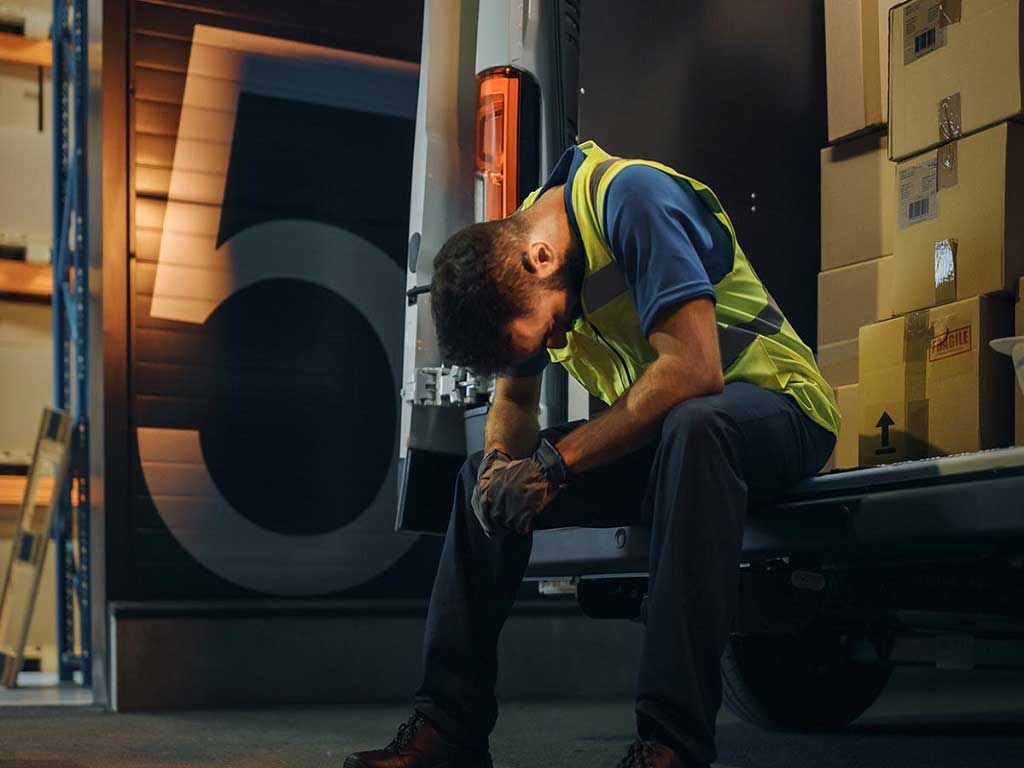
For-Cause Workplace Drug and Alcohol Testing
For-cause testing is a type of workplace drug and alcohol testing that is conducted in response to specific concerns. Unlike blanket or random tests, this type of test is for a particular individual. This test is usually initiated by a supervisor or manager who observes specific behaviours or signs that indicate impairment. This can help give an objective basis for taking action and ensuring workplace safety.
Employers must have a valid reason to conduct for-cause testing, and it should be done in a discreet and respectful manner. Employees who are asked to undergo this test should be informed of the reasons and the potential consequences of a positive result.
A comprehensive policy can specify reasons for implementing the test. The suspicion may arise from various factors, such as unusual behaviour, slurred speech, steady gait, or erratic movements. Likewise, there may be odour of alcohol or drugs on the breath or clothing. Also, there may be significant performance issues or reports from coworkers.
Use Cases for For-Cause Testing
For-cause testing is a valuable tool to address specific concerns about risky behaviours or performance in the workplace. One important use case is suspicion of drug use or impairment. A supervisor or manager may conduct the test as a preventive measure against untoward incidents.
Another use is for identifying individuals who may be struggling with drug or alcohol dependence. Some people may try to hide their abuse issues, but for-cause testing can help identify those who need help and intervention. This test can help correct problematic behaviours and maintain a drug and alcohol-free environment in the long run.
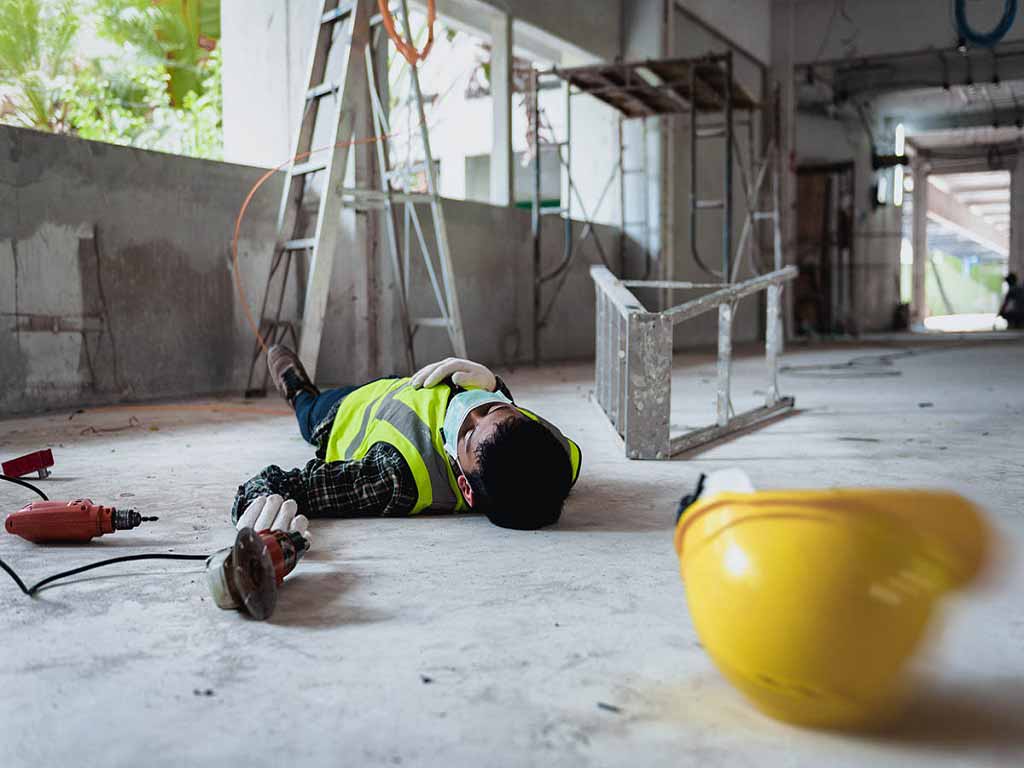
Post-Incident/Accident Workplace Drug and Alcohol Testing
Workplace drug and alcohol testing is essential in post-accidents or near-miss cases. When an accident occurs, it is crucial to determine if substance use played a role in the incident. It is especially important if there is property damage, injury, or loss of life. Moreover, it helps identify any potential safety hazards that may escape notice otherwise.
Employers should have clear guidelines and policies in place for post-incident testing to ensure consistency and fairness. It is important for employees involved in an accident to undergo alcohol and drug testing as soon as possible. Safety representatives recommend testing not later than eight hours for alcohol and 32 hours for drugs.
Saliva or blood testing is often used in post-accident situations because of their short detection windows. Therefore, they can determine if the employee was under the influence at the time of the incident. Tests later than the specified time frame may not give accurate results. This information can be crucial in determining liability and implementing corrective measures to prevent future accidents.
Use Cases for Post-Incident/Accident Testing
- Post-accident investigation: Determine if drug or alcohol impairment is a factor in an incident.
- Workplace safety: Evaluate the effectiveness of safety protocols and procedures, identify any underlying issues, and prevent future accidents.
- Reduce liability: Employers can mitigate potential legal challenges by conducting alcohol and drug tests. It shows that companies are not negligent when it comes to employee safety.
- Compliance: Meet occupational health and safety regulations and legal requirements.
- Decision-making: Make informed decisions based on the results of the test. This may include imposing disciplinary measures or referring an employee to counselling or rehabilitation programs.
Conclusion
Workplace drug and alcohol testing is an essential aspect of maintaining a safe and productive environment. It is a proactive measure in preventing accidents and protecting the well-being of employees and the public. Employers must have clear policies in place to ensure the effectiveness of the testing program and compliance with regulations. Additionally, companies use various test methods to detect illicit drugs and alcohol in the system. The common procedures are breath, urine, saliva, hair, and blood testing.
Furthermore, a workplace policy outlines the situations or grounds for conducting the test. The common reasons are screening individuals in pre-employment, random, for-cause, blanket, and post-incident scenarios. By implementing these tests, companies can identify potential issues early on and adjust safety protocols. They also help employers reduce high healthcare costs associated with substance abuse and promote a culture of safety and accountability. Overall, it is a valuable tool that benefits both employers and employees.































